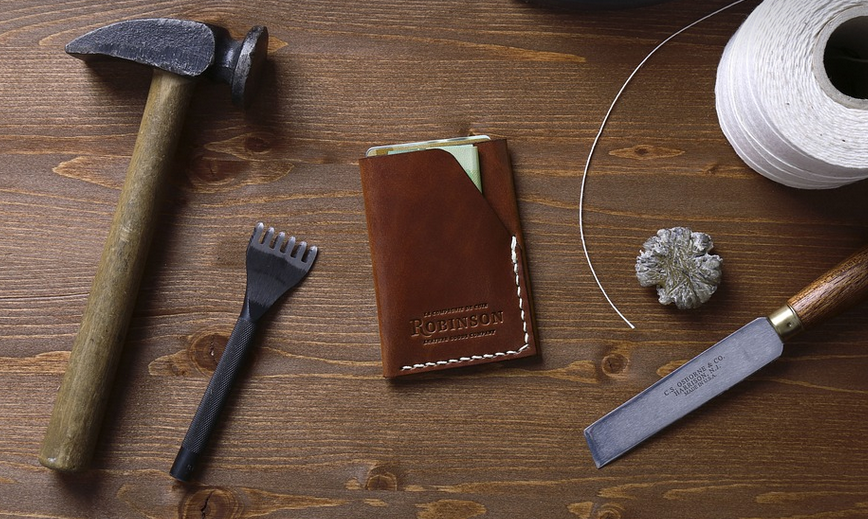
Replacing Caulking In The Shower: A Step-By-Step Guide
Why Your Shower Needs Some TLC
Ah, the shower. It’s our daily ritual for cleanliness and self-care, but sometimes, those humble walls take a beating from water and time. Before you get caught in the dreaded “shower mold” spiral, let’s talk about how to tackle some DIY caulking magic! Whether your grout is looking a little sad or your shower pan has begun to weep, replacing your caulk can breathe new life into your bathroom.
What You’ll Need
You won’t be needing any hazmat gear for this project, but getting the right tools will make things go smoothly. Think of it as setting up your DIY workshop—the better equipped you are, the more confident you’ll feel.
- Safety Goggles: Protecting your eyes from flying bits and splashes is a must-have for any bathroom project
- Caulk Gun: This handy tool makes applying caulk effortless, even on tricky curves.
- Utility Knife: For removing old caulk with precision. A sharp blade will make getting rid of it a breeze.
- Spreader Tool (Optional):** This helps for smooth and consistent caulk application for larger gaps
- Grout Remover and Cleaner: For any stubborn grout residue, this will help clean up the area
- Painter’s Tape: This will keep your shower walls clean, and is great for preventing water from seeping under the new caulk.
- Cleaning Supplies: You’ll need a few cleaning supplies to get ready, like warm water, soap, rags, and some elbow grease.
Now that you have your arsenal, let’s dive into the step-by-step process.
Step 1: Prep Your Shower
Think of this as creating a battlefield free from obstacles, to ensure your caulk job will be flawless.
- Cover Surfaces: The old adage “a clean place to work” holds true. Lay down painter’s tape around the shower walls and floor. This keeps the caulk off your tiles and prevents accidental splatter.
- Remove Existing Caulk: Use a utility knife to carefully scrape away any existing caulk. Gentle pressure is key; avoid applying too much force, as this could damage the tile
- Clean The Area: Once the old caulk is gone, use your cleaning supplies (soap and warm water) to thoroughly clean the area.
Step 2: Let’s Talk About Caulking
This is where the magic happens. We’re talking about adding a protective barrier that prevents water from seeping out, keeping your shower fresh and dry.
- Choose The Right Caulk: For showers, you’ll want a mildew-resistant caulk designed for wet environments.
- Application Technique: There are two ways to apply caulk—a traditional bead style or the “spreading” method.
Let’s explore both methods:
Method 1: The Bead Method
This technique is usually preferred when dealing with gaps and cracks that need a more controlled application.
- Apply caulk in small beads, ensuring uniform lines. Let the caulk slightly ooze out before you scrape it off to ensure a smooth finish.
- Wait: After applying beads, let them set for 24 hours before wiping away any excess.
Method 2: The Spreading Method
For larger gaps and areas needing uniform coverage, this method comes in handy.
- Apply caulk with a smooth motion, aiming for even pressure.
- Clean Up: Once the caulk starts to dry, use your utility knife or scraper to remove excess material from the edges.
Step 3: Finishing Touches
Now that you’ve covered all the gaps and cracks, it’s time for a final touch-up.
- Remove Excess Caulk: Use your utility knife to clean any excess caulk from the edges of the shower walls.
- Clean Up: Wipe down the entire area with a damp cloth and let it air dry for at least an hour.
A clean shower is a happy shower! Your bathroom will be looking fresh and sparkling after this caulk update – you deserve those relaxing showers.
Maintenance Tips: Keep That Shower Gleaming
Regular maintenance ensures your new caulk lasts longer, preventing future headaches.
**Clean your shower walls and grout at least once a month using a mild cleaning solution.**
**Check for any signs of mold or mildew and treat them promptly to prevent further damage. **
Pro-Tip: Consider Grout Cleaning
Grout is more than just a visual detail; it’s an integral part of your shower’s structural integrity. If grout starts cracking, you might be facing some serious issues down the line.
**To prevent this from happening, consider using a specialized grout cleaner and a soft brush to scrub away any dirt and grime.**
*Disclaimer: This is for informational purposes only and does not constitute professional advice. It’s always recommended to consult with a qualified professional before undertaking any home improvement projects.*